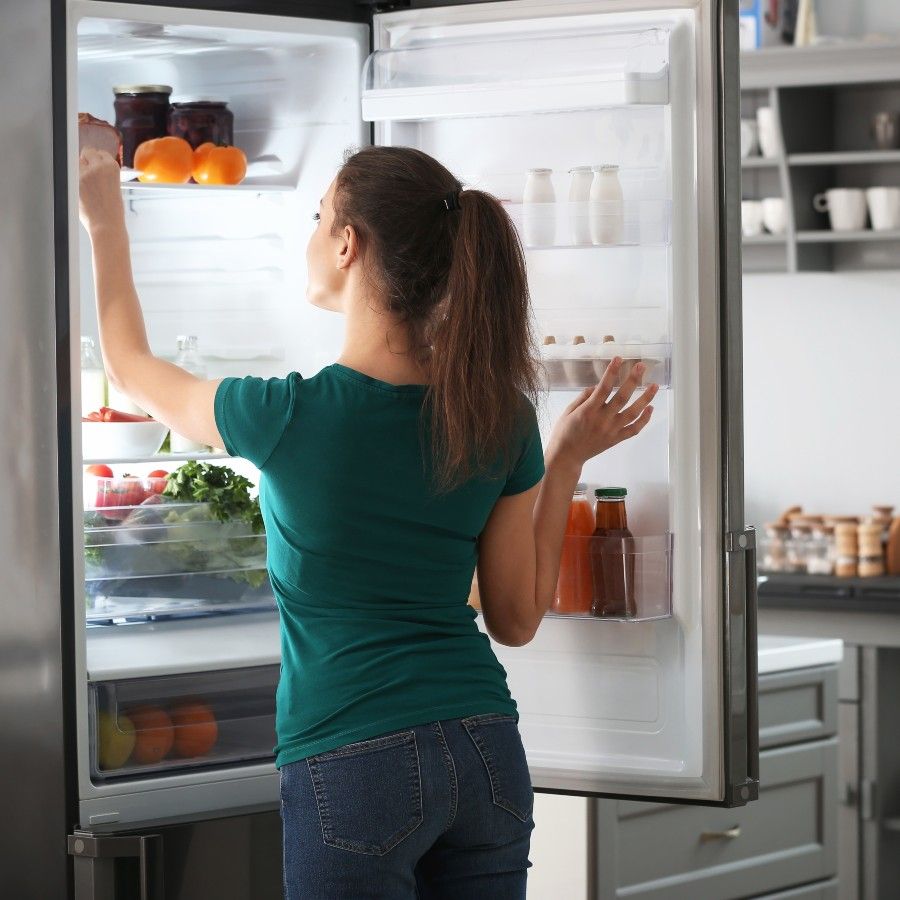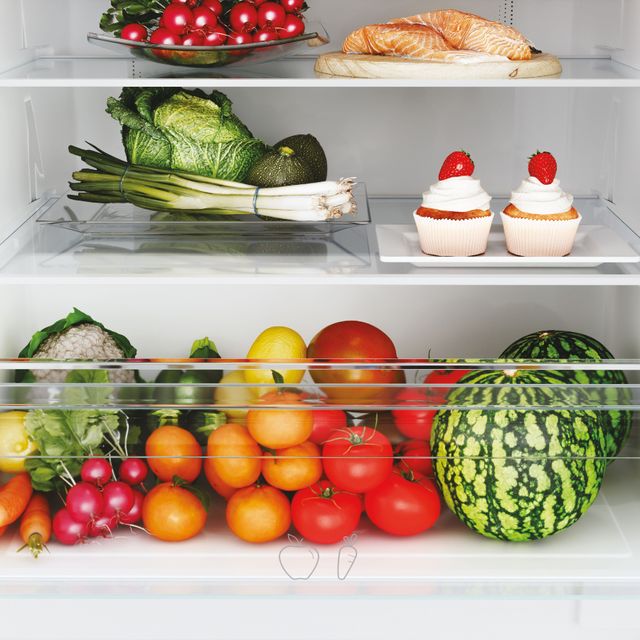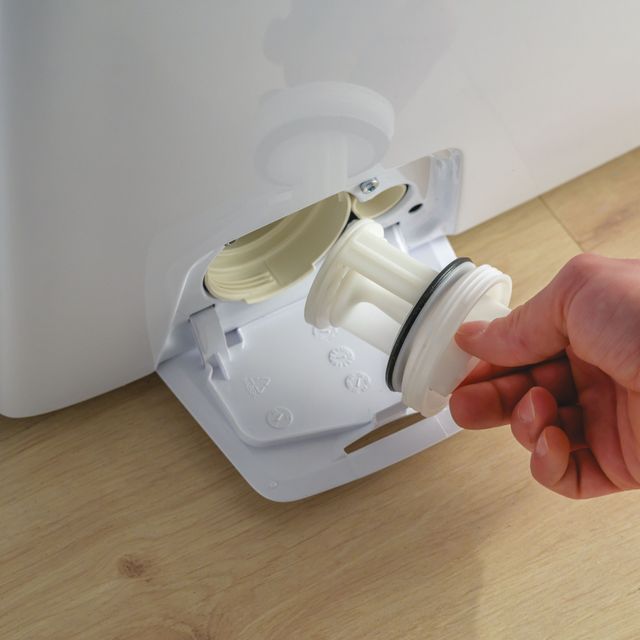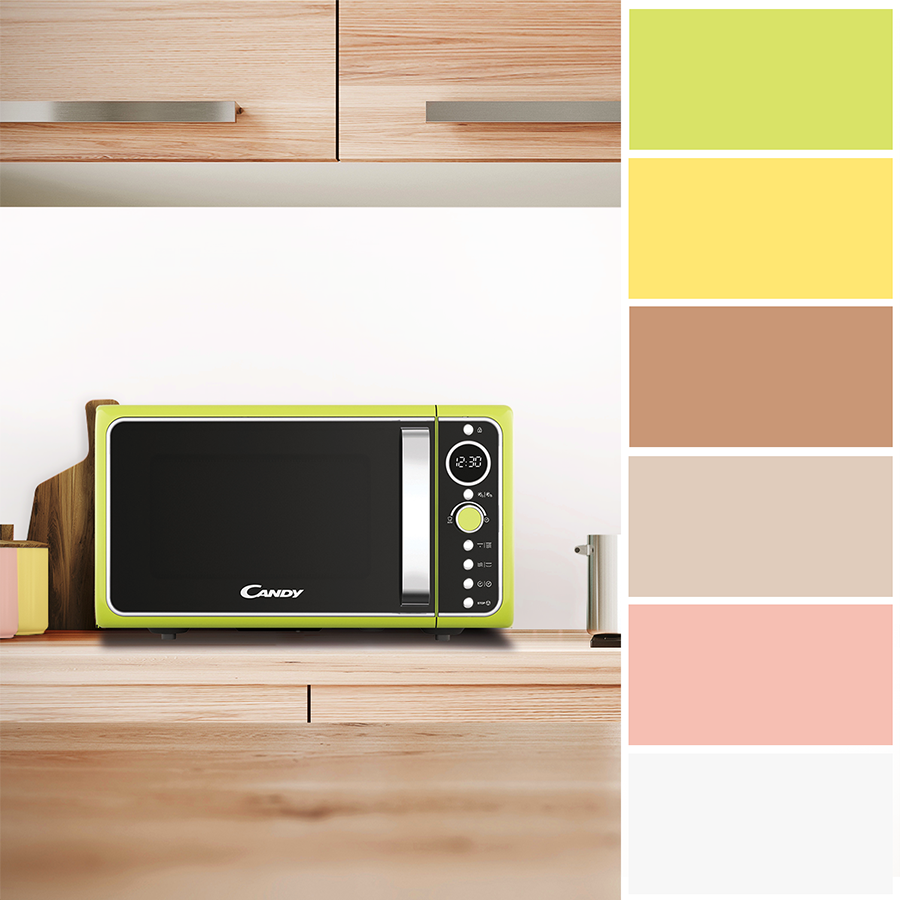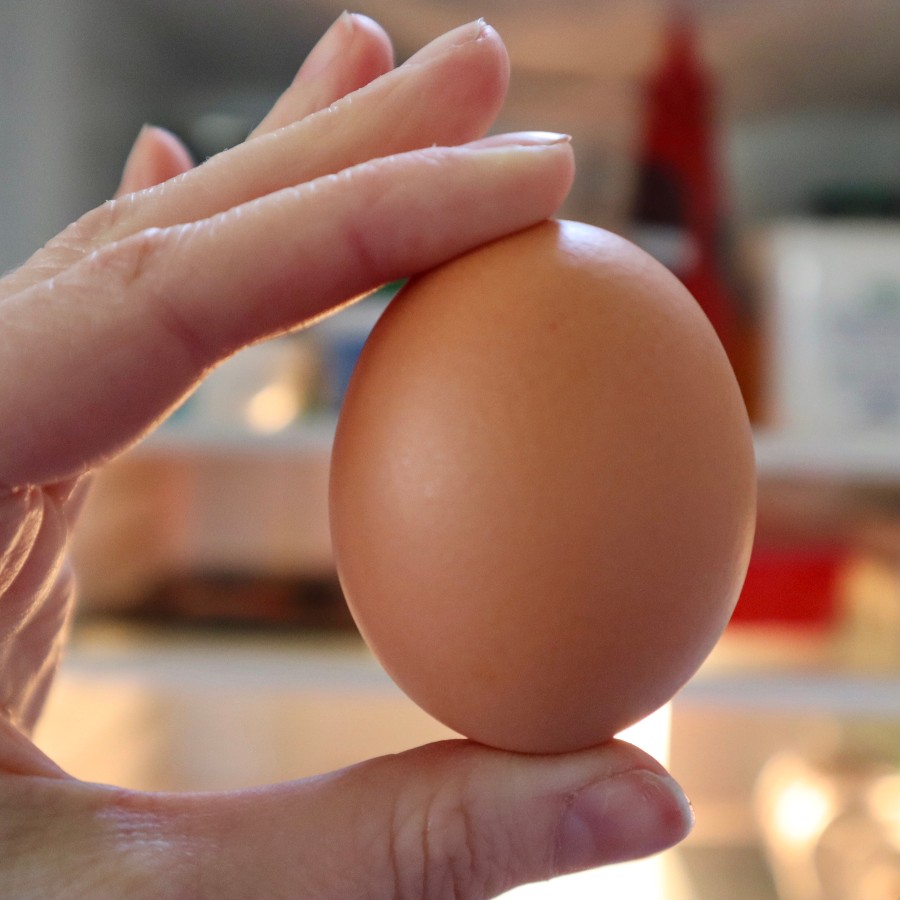Knowing how to place your food in the fridge is essential to ensure its proper preservation.
To extend the life of your refrigerator and the food you are storing you need to understand refrigerator temperature, how to set it, and how the right storage makes a difference.
Fortunately, your refrigerator does most of the work for you.
All you have to do is adopt the following tips and techniques to ensure you get the refrigerator storage right.
Organizing food in the refrigerator
Before you start fiddling with the thermostat on your refrigerator you should use your fridge compartments correctly.
Alongside this, when learning about refrigerator temperature and how to store food in your refrigerator properly, it is important to think about the condition of the refrigerator. In order for it to work efficiently, it should be kept clean and free of ice.
You should also ensure that the products inside the fridge are not touching the walls. This will chill the food too much and the moisture in the food is likely to cause an ice build-up.
The real question remains, what temperature to set the refrigerator? Fortunately, the answer is simple. Your refrigerator should stay between 4°c and 5°C.
In order to understand how to set refrigerator temperature, you need to realize that cool air sinks while warm air rises. That means the warmest air in the refrigerator will be at the top. Purchases a refrigerator thermometer and place it on the top shelf of your fridge. You can then turn the thermostat to the middle setting.
You will need to give your refrigerator a little time to reach temperature, if the thermometer reading is too high, turn the thermostat down and, if too low, turn the thermostat up. It won’t take long for you to get the perfect temperature inside your refrigerator.
Remember to choose specific products that absorb unpleasant smells and preserve your food taste, such as Care+Protect detergents and bad scents eliminators.
Discover Candy’s Refrigerators a smart range of refrigerator with innovative space management solutions, that lets you manage at best large quantities of food, thanks to the extra flexibility of shelves and drawers, and to the uniform distribution of air at all levels.
How To Store Food In the Refrigerator Correctly
Getting the temperature right is only part of the battle, you also need to know how to store food in the refrigerator and what foods shouldn’t be in the refrigerator. This can help to ensure all foods are at the right temperature and the different products are not affected by each other’s aromas. It can also be beneficial to make your fridge smell fresh and look like new with the Care+Protect Rapid Action Hygienic Cleaner.
- Cool First
Before any warm foods are placed in the fridge you should allow them to cool to room temperature. This will prevent condensation in the fridge which leads to ice and potentially bacterial growth.
- Raw Foods Lowest
The top and middle shelf of your refrigerator should be reserved for cooked and ready-to-eat foods. The bottom shelf is where you keep your raw foods. These should be stored in sealed containers. The aim is to prevent juices from raw foods from dripping onto ready-to-eat foods.
Any cross-contamination could introduce bacteria into your food and potentially make you ill.
- Cheese At Top
The top shelf is the warmest part of the refrigerator. This is the best place to put cheeses and other dairy products which are more tolerant of temperatures at the higher end of the acceptable range.
- Vegetables In The Drawers
Almost all refrigerators have drawers at the bottom which are designed to accommodate vegetables. These are partially protected from the coolness of the refrigerator, making it the perfect spot to store these fresh products without them being damaged.
How to store your vegetables in the refrigerator
As mentioned, you just need to place the vegetables in the dedicated compartment: indeed, the lower drawers hold more moisture, and are perfect for fruit and vegetables. If you have purchased your vegetables at the supermarket, wrapped in a plastic film, before placing them in the refrigerator, remove the film and store them in paper bags, without washing them though. This rule applies all the time, except for broccoli, cabbage and asparagus, which should be wrapped in a damp cloth to make them last longer.
Concerning pre-packed salads, subject to quicker deterioration, after opening them, place them in an airtight container with some paper towel on the bottom.
How to store pre-cut vegetables place them in freezer bags, letting a little air and water through, to keep them moist!
How to store cooked food in the refrigerator
Lunch or dinner leftovers, or cooked food in general, should be placed inside clean and sealed containers on the central shelves. We all cook more food to eat it the day after or to bring to work or school: cooked food can be stored in the refrigerator for up to three days, or frozen for 2 to 4 months.
Items That Shouldn’t be Stored In Your Refrigerator
Now that you know how to store food in your refrigerator, here is a list of 10 items that shouldn’t be kept there – and if you have always done so, it’s time to take them out!
You should avoid putting the following in your refrigerator:
- Potatoes: cold makes them go bad quicker. Store them at room temperature, in a dry and dark place.
- Bananas: they don’t ripen in the refrigerator. They just get darker and soft. The best place for bananas is a fruit bowl!
- Apples: they can be stored at room temperature for up to three weeks. Put them in the fridge only when they are ripe and you want to store them for a couple more days.
- Onions: just like potatoes, they prefer dark pantries or basements, inside wooden crates or paper bags.
- Garlic: low temperatures only help them sprout!
- Basil: treat it as a bunch of flowers, in a vase with fresh water. To store it, cut out the leaves and freeze them.
- Honey: the refrigerator only makes it crystallize and therefore oxidise.
- Bread: cold and dry temperature make it harden before time. Bread should be stored at room temperature, in the bakery’s paper bag.
- Avocado: when it’s hard, is inedible. It should be left outside of the fridge, until it becomes soft. If you place it besides an apple, it will ripen faster.
- Coffee: a concentrate of flavours that would be lost! If you place it in the fridge, coffee absorb the smell and humidity from all the other items. Place it in an airtight container, in your pantry.
This is not an exhaustive list but, by using a little common sense you will be able to keep your refrigerator organized, clean, and at the right temperature.
No more wasted food, if you follow our tips. Lastly, if stored correctly, food is at its best: it never tasted so great!
